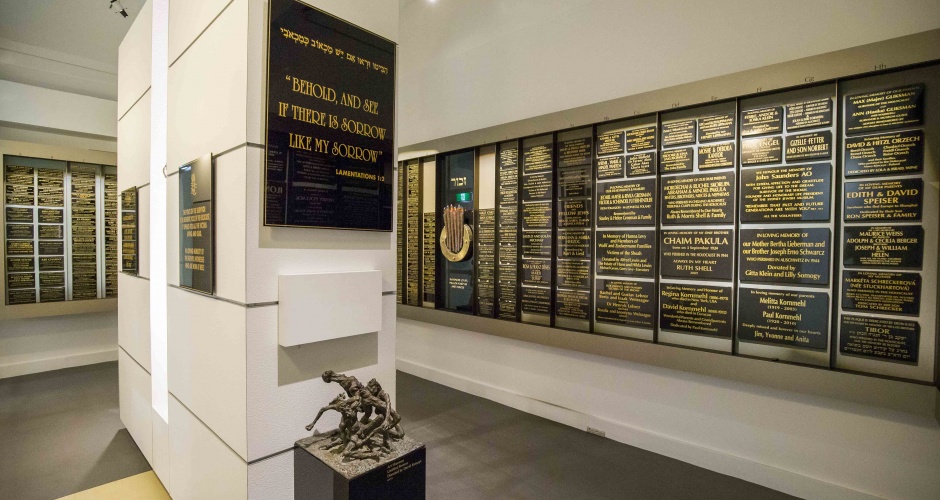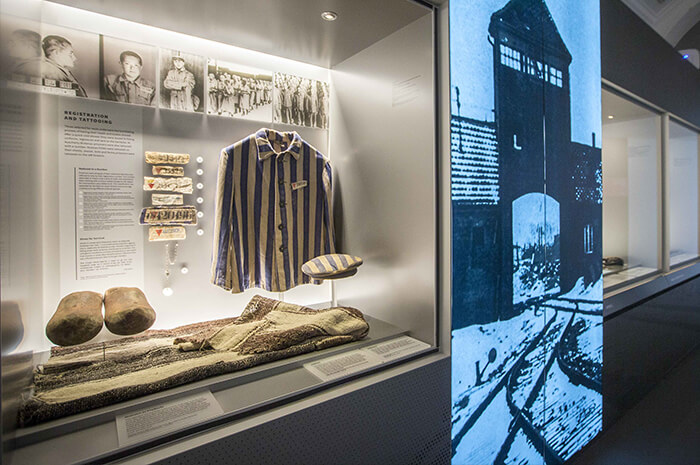
Since its founding the Sydney Jewish Museum has played a significant rule in the remembrance and education of the Holocaust. The Sydney Jewish Museum was founded in 1992 by Holocaust survivor and philanthropist John Saunders. According to the museum’s website, Mr Saunders desired the museum to be a “place to share their memories, commemorate the six million Jewish people who were murdered and provide important messages to future generations.”
Despite its relatively short history, the Sydney Jewish Museum has become well known for the vital service it provides in education on the Holocaust as well as in the history of antisemitism and the persecution of the Jewish people.
The museum provides a variety of educational opportunities for varying age groups, from school children to adults. The Sydney Jewish Museum could appear from the outset to be a “normal” museum where you just glance at objects without considering them. However, from my own personal experience I would say this is not the case. This is because the museum always ensures that the stories that are being told are human focused. This is what makes the experience of going to the Sydney Jewish Museum different and emotive.

The museum has demonstrated its ability to convey the story of one of the darkest moments in human history, the Holocaust. This is done in way that makes visitors reflect and consider the story of the people who once owned the artefacts they are now viewing.
I have always loved going to museums, but no museum has ever had such an emotional impact on me in the same way that the Sydney Jewish Museum has. I remember vividly on both occasions I had the privilege of going to the museum when I was 14 and 16 with school. I had tears in my eyes when I listned and considered the stories I heard. This was something I must admit was not common for the teenage me to do.
The museum has exhibits that tell the story of both the survivors and victims of the Holocaust through traditional curatorial means. This is done in a very powerful and emotive way and ensures that the appropriate respect is shown considering the very serious subject matter. However, the museum is also lucky to have several volunteers who are Holocaust survivors and generously give talks about their experiences. When I was in high school, I had the opportunity to listen to Dasia Black-Gutman on two separate occasions, her story of loss and survival has always stuck with me.
For that reason, I am looking forward to the opportunity to work with the Sydney Jewish Museum as I hope that by volunteering I may assist in the important work of Holocaust remembrance. Next year will be 90 years since the end of the 2nd World War and by extension the Holocaust. Whilst the Holocaust might have ended, antisemitism continues to be a stain on our society. For that reason, I strongly believe that it is important that we as historians and patrons support the work of institutions like the Sydney Jewish Museum that promote education on antisemitism and the commemoration of the Holocaust.
